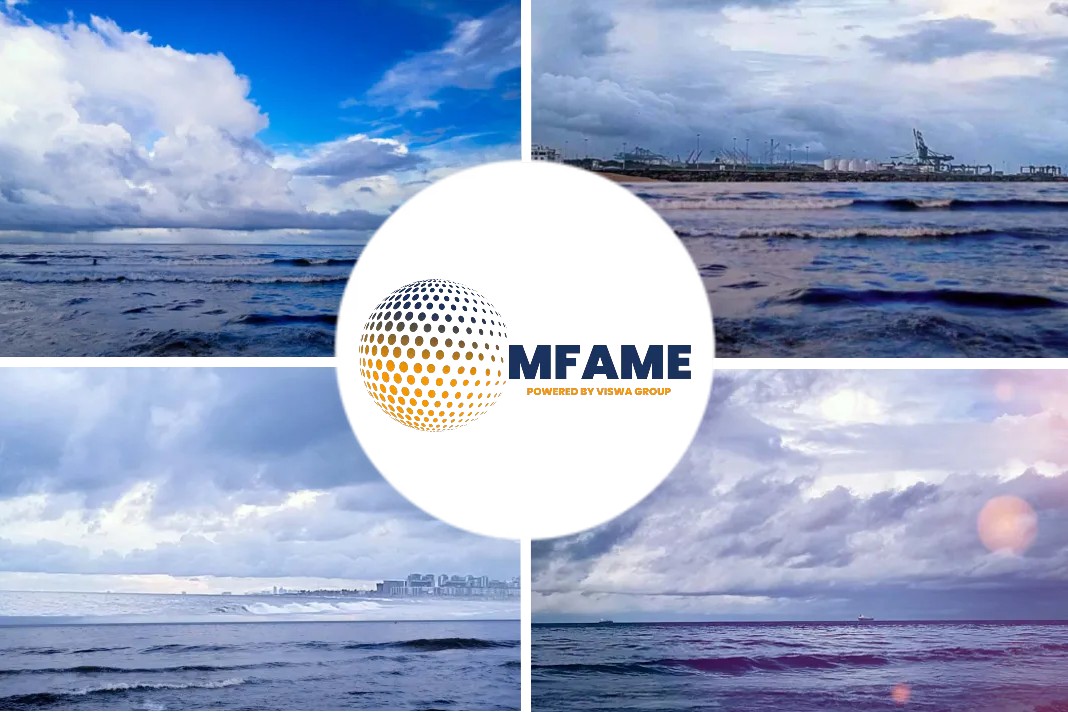
The container sector continues to be the main driver of growing orders for alternative-fuel vessels, according to the latest figures from DNV’s Alternative Fuels Insight (AFI) platform.
Alternate Fuel Vessels
The platform statistics show 55 vessels with alternative-fuel propulsion were ordered in June. Of these, 26 were orders for LNG-fuelled vessels and 29 for methanol-powered vessels, including retrofits. So far this year, the total order figure for alternative-fuel vessels stands at 128. Container vessels constituted almost half of the LNG-fuelled ships ordered last month. For methanol, container vessels made up nearly 80% of the new orders. DNV executive vice president for business development Jan-Olaf Probst says, “The container ship market is driving methanol forward.”
He says several factors make methanol attractive as another alternative fuel, including that IMO has released interim guidelines, making it easier for shipowners to build methanol-powered ships, as previously an alternative design approach needed to be taken. This led to a layer of complication and much more effort for the shipowner before the contract was even signed. Another draw is the lower equipment costs, compared with LNG-fuelled vessels. This is primarily because steel is used for the tank, as opposed to a type B or membrane tank for LNG, which costs much more. Mr Probst adds, “It is easier because a methanol tank is a steel structure and can be integrated into the hull form better. It is much easier to build using steel as that is bread and butter for shipyards.”
Learning From LNG
There are currently 250 container ships, both live and on the orderbook, that deploy LNG. Mr Probst says, “The whole industry is learning from using LNG, which has led to the IGF code. If you compare the interim guidelines on methanol to this code, all knowledge gained by LNG is in these guidelines. And we are still learning about LNG. When the first operated LNG vessels were delivered, there was a big discussion about whether cargo handling was allowed during bunkering. But after gaining so much experience, it has been allowed – and all this knowledge is being transferred to methanol.”
Highlighting that while there is the challenge that a current methanol supply infrastructure is not available, container ships are leading the way here. “There are a lot of big container ship port hubs in Europe and Asia and therefore building up methanol bunker infrastructure is much easier – ports are more willing to invest in this infrastructure as they know liners are coming and liner companies have their own terminals and can make a commitment to the port about how much fuel they need. Planning is easier compared with, for example, remote bulk operations far from a port.”
Did you subscribe to our daily newsletter?
It’s Free! Click here to Subscribe!
Source: Rivieramm

















